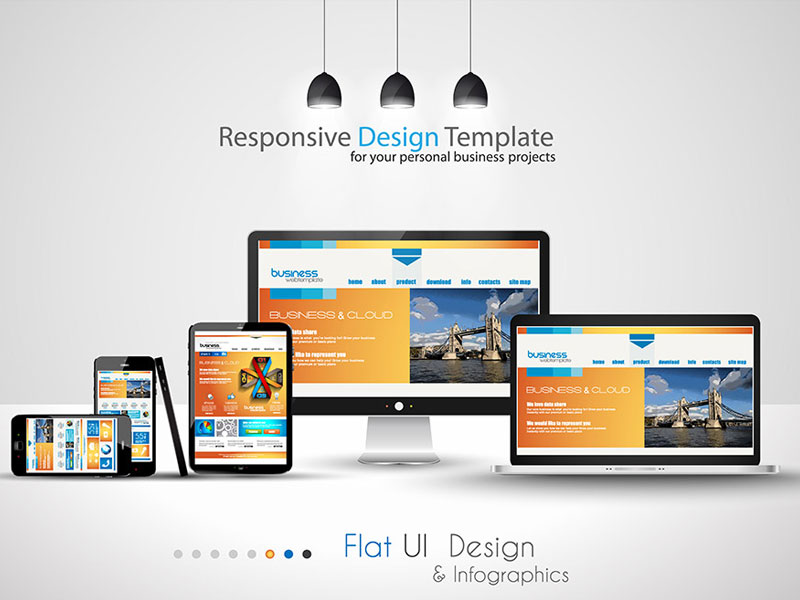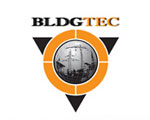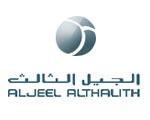
The characteristic feature of dynamic website is the compartmentalization of the content and design. Its 'dynamism' lies in its vibrancy and interactivity, both in client-side scripting and service-side scripting. Dynamic website evolved from Static website. Therefore, in order to understand dynamic website you have to understand normal web pages. Typical non-dynamic or static web pages do not change every time the page is loaded into the browser, not even when a user clicks on a button. The only change that you will see in static pages is you can very well observe them loading and unloading, like what happens when you click on a hyper link. In short, static web pages (normal pages you build) always look the same and the content never changes unless you load a new page or you change the page yourself and upload the new version of the pages unto the server. Dynamic pages are the pages that changes in an automatic way. Dynamic pages can change every time they are loaded (without you having to make those changes) and they can change their content based on what user does, like clicking on some text or an image. One of the most common types of dynamic web pages is the database driven type. This means that you have a web page that grabs information from a database (the web page is connected to the database by programming.) and inserts that information into the web page each time it is loaded. If the information stored in the database changes, the web page connected to the database will also change accordingly and automatically without human intervention.
This is commonly seen on online banking sites where you can log in (by entering your user name and password) and check out your bank account balance. Your bank account information is stored in a database and connected to the web page with programming thus enabling you to see your banking information. I hope that it is understood by you that when you would like to start a database driven site; you would like to have it when your information changes very often, just like in a banking site. Database driven sites can be built using several competing technologies, each with its own advantages. Some of those technologies/tools include PHP, JSP, ASP.NET, PERL, NET, Coldfusion and more (these are server-side languages).











































